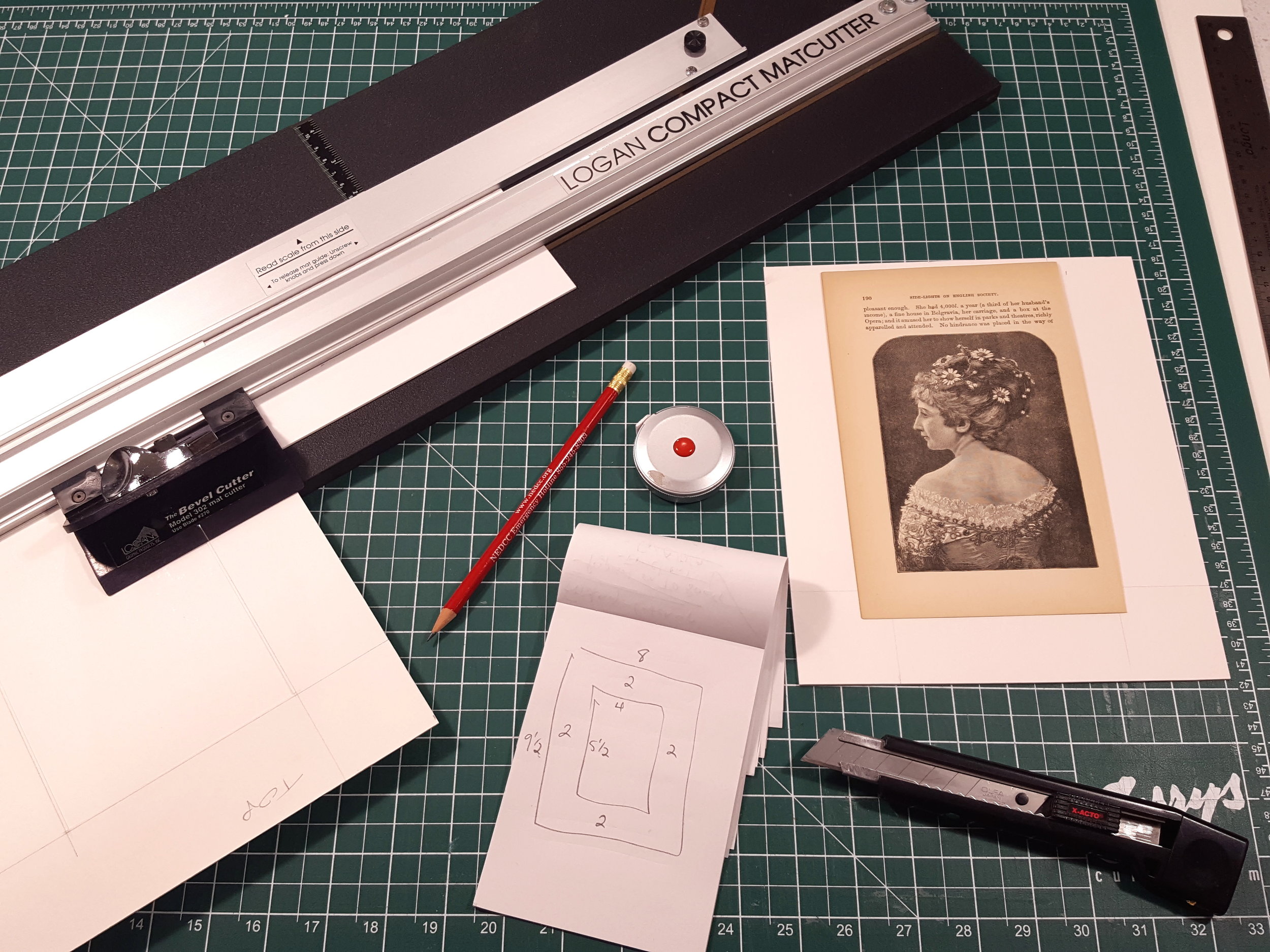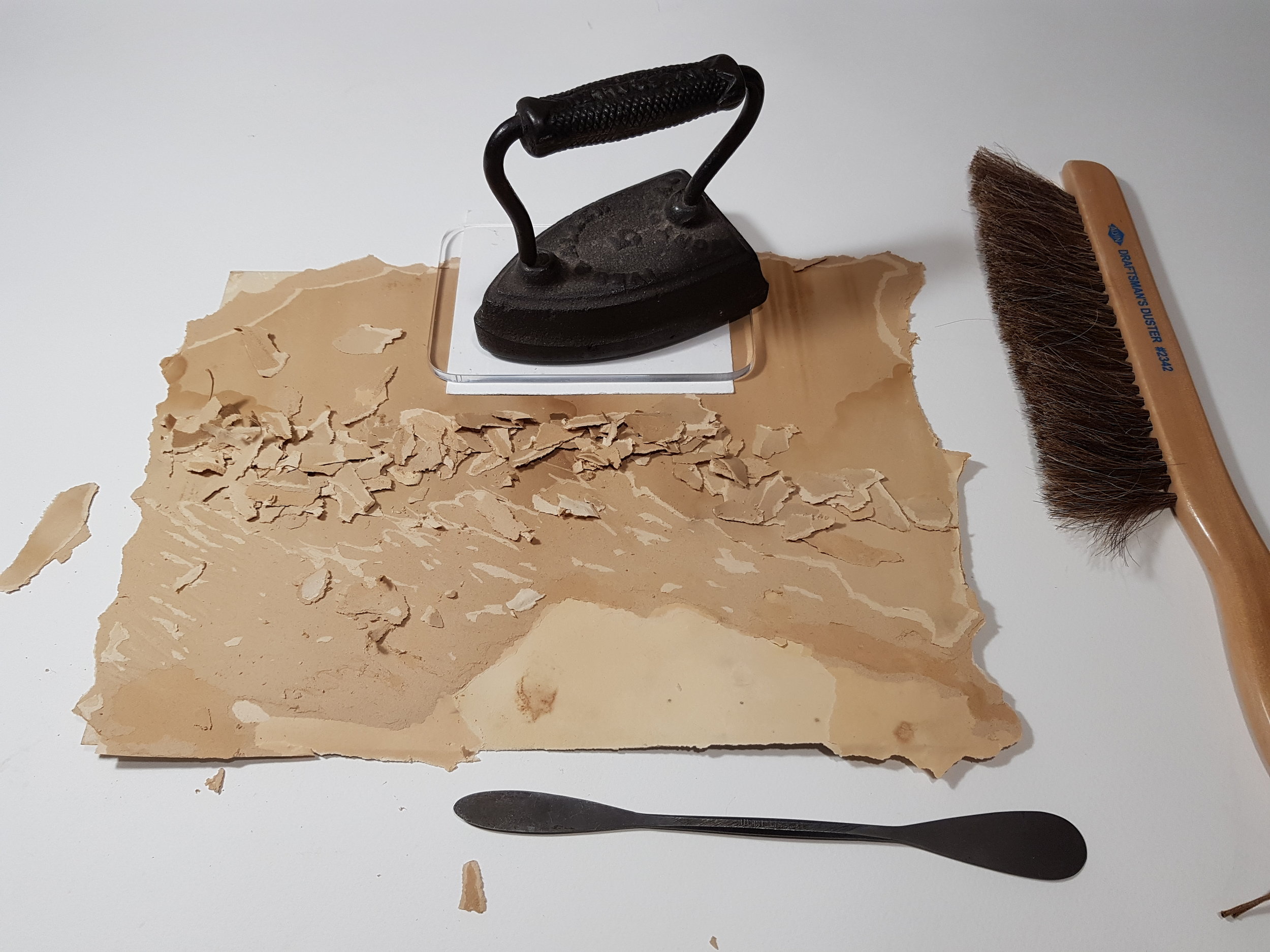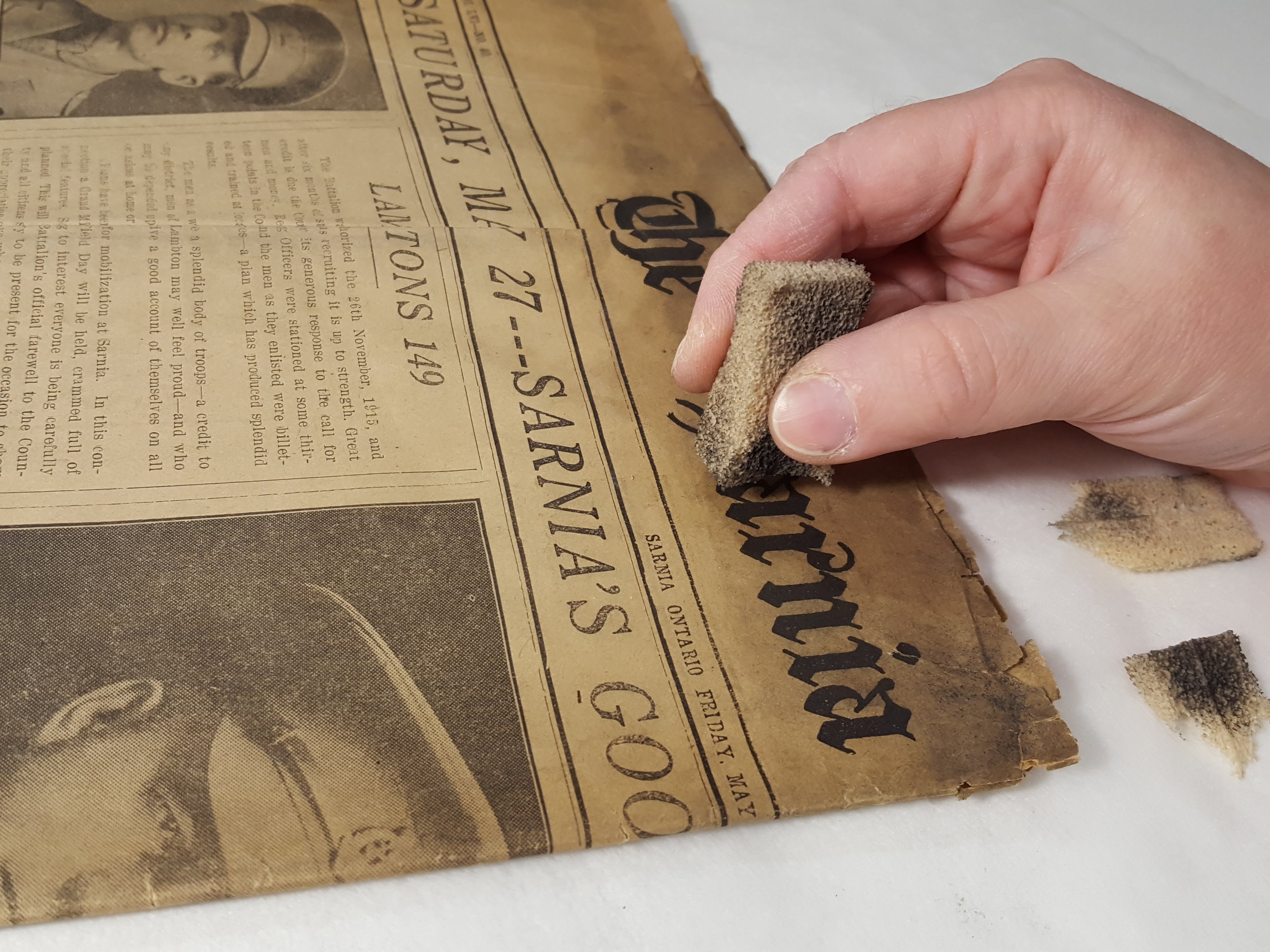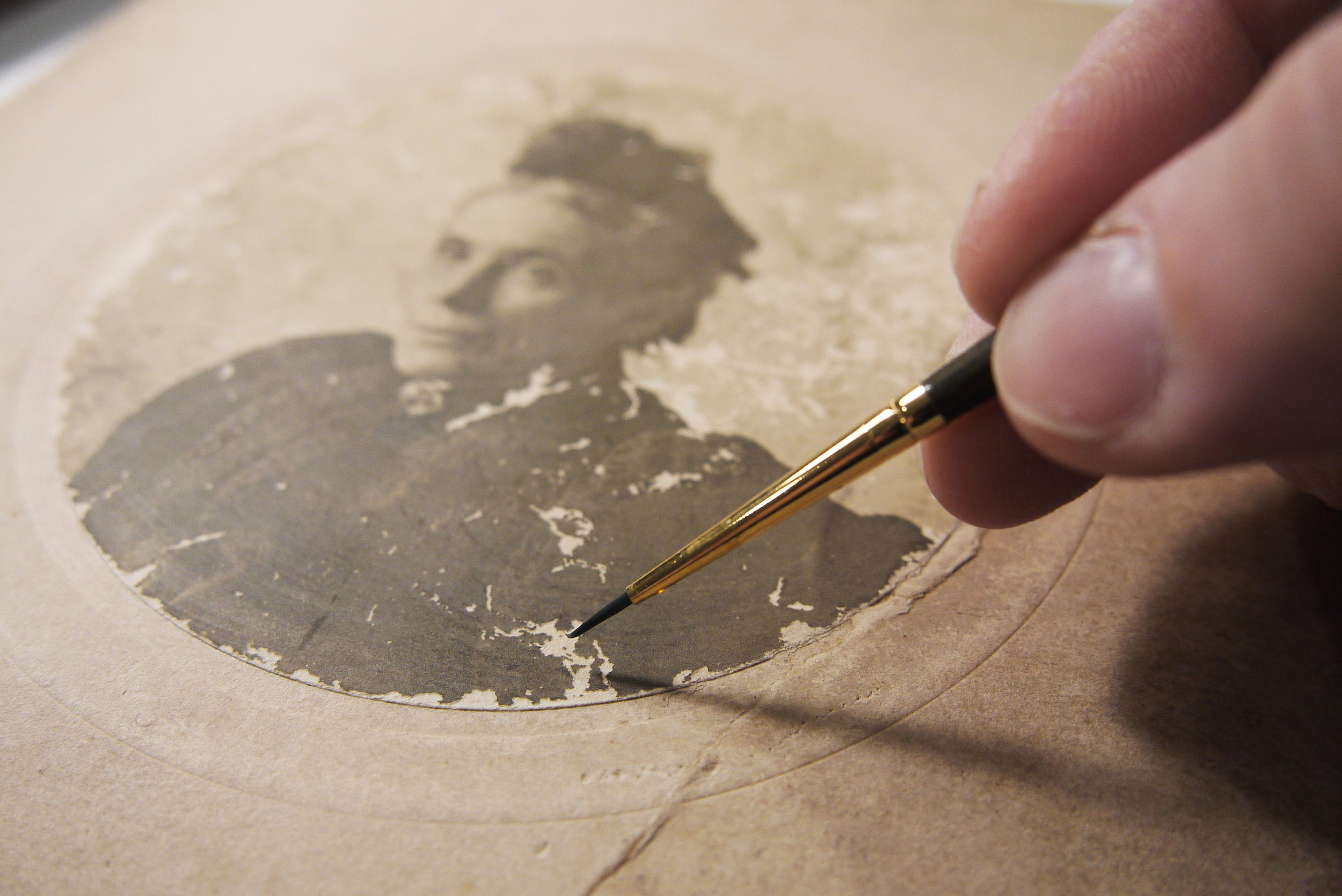Art conservator Jennifer Robertson will once again be teaching a one-day workshop on mat-cutting and mounting for works on paper, this time through the Canadian Bookbinders and Book Artists Guild (CBBAG).
Mat-Cutting and Mounting
Hosted by CBBAG Southwestern Ontario Chapter
Wednesday May 8th, 2019
9:30 a.m. – 4:00 p.m.
Lee Valley Tools, 2100 Oxford Street, London, ON, N5V 4A4
Cost: $75.00 plus $30 Materials Fee
This workshop will demonstrate archival methods for mat cutting and mounting of works on paper. It will combine practical demonstration and hands-on activity with discussion of the role of the mat and mount in protecting an artwork, the importance of acid free materials, and the potential damages to paper without these precautions.
The design and function of mats in various formats and the benefits and drawbacks of each will be examined: types of mat, hinging, hinging materials, hinging formats, framing.
Participants will go through the steps demonstrated to measure, cut, and mount 2 small prints (provided). Assistance and advice will be provided, as participants rotate through the steps. (Practical time will be interspersed with lecture to allow time for participants to work through the steps with time for paste to dry and for all to take a turn with the mat cutter).
The workshop is open to the public - you don’t have to be a member of CBBAG to sign up, but registration is through the group. Learn more at the CBBAG Southwestern Ontario website.
https://www.cbbag.ca/cbbag-regional-chapters/sw-ontario
Sign up early to ensure a spot in this course!



















